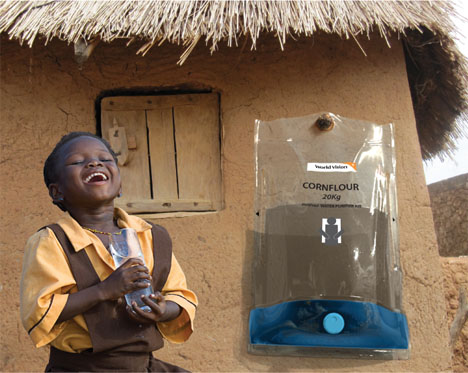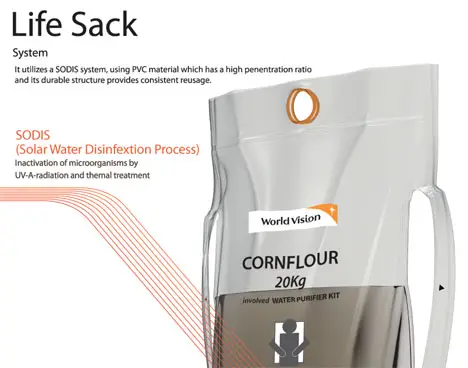10 Breakthrough Technologies of 2014
There always are breakthroughs when it comes to technology but there are some breakthroughs that seem to stand out more than others. Here we take a look at 10 breakthrough technologies so far this year.10 Agricultural Drones

[Image Courtesy of GoogleImages]
We are seeing relatively cheap drones coming into the market that are
packed with advanced sensors along with imaging capabilities. These
allow new ways for farmers to boost the crop yields along with reducing
the amount of damage to their crops. Farmers are able to use drones that
have cameras and which come in at under $1,000. Key players include Precision Hawk, 3D Robotics and Yamaha.9 Smartphones that are Ultraprivate

[Image Courtesy of GoogleImages]
We are seeing new handsets arrive that have been built with privacy
and security in mind. Some of the key players in smartphones which are
ultraprivate include Blackphone, CryptoPhone and the Open Whisper
Systems.8 Brain Mapping

[Image Courtesy of GoogleImages]
After almost a decade we have seen a new map that shows the brains
structures in much greater details than ever before. This has given
neuroscientists a better guide to the huge complexity of the human
brain. Key players have been Alan Evans at the Montreal Neurological
Institute, Katrin Amunts at the Jülich Research Centre and Karl
Deisseroth, Stanford University.7 Neuromorphic Chips

[Image Courtesy of GoogleImages]
We are starting to see microprocessors that are more like brains than
chips, which could mean that very soon in the future computers could be
a lot more astute about what is actually happening around them. Key
players have been Qualcomm, IBM, HRL Laboratories and the Human Brain
Project.6 Geome Editing

[Image Courtesy of GoogleImages]
The option to be able to create primates that have intentional
mutations could lead the way to new ways of studying complex brain
disorders that have been baffling doctors for a long time. Key players
include George Church at Harvard, Feng Zhang at MIT and Yunnan Key
Laboratory.5 Microscale 3D printing

[Image Courtesy of GoogleImages]
We are seeing inks that have come from different materials being
applied and these are expanding what can be printed in 3D. Key players
in microscale 3D printing include Keith Martin at the University of
Cambridge, Jennifer Lewis at Harvard University and Michael McAlpine at
Princeton University.4 Mobile Collaboration

[Image Courtesy of GoogleImages]
At last we are seeing an era where smartphones are getting the
productivity software that they have needed. This is important as
services can be offered to make it more fruitful when it comes to the
creation and editing of documents on our devices. Key players include
Dropbox, Microsoft, Box, Google, Quip, Quickoffice and CloudOn.3 Oculus Rift

[Image Courtesy of GoogleImages]
It was thirty years ago when virtual reality goggles first made it
onto the scene and now this technology can be more widespread in its use
thanks to the Oculus Rift. Key players in this include Oculus, Vry,
Sony, Nvidia and Vuzix.2 Robots with agility

[Image Courtesy of GoogleImages]
We are starting to see robots that have the ability to balance, walk
and run on terrains that are uneven and rough. This will make robots a
great deal more useful when it comes to them being able to navigate
human environments. Key players in this are Honda, Schaft and Boston
Dynamics.1 Smart wind along with Solar power

[Image Courtesy of GoogleImages]
Thanks to artificial intelligence and big data we have been seeing
forecasts that are very accurate and this should make it feasible to be
able to integrate more renewable energy into the grid. Key players here
have been the National Centre for Atmospheric Research, GE Power and
Xcel Energy.source:http://www.technologyreview.com














